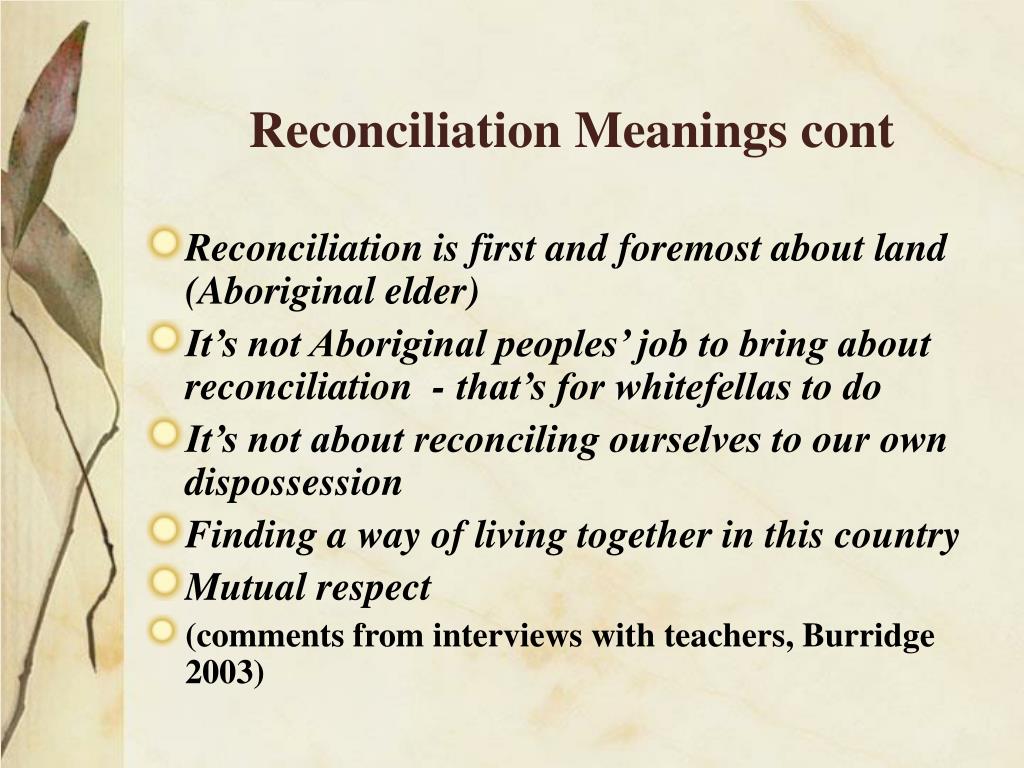

Many reserves also continue to have limited or no access to clean water supplies. ( See also Health of Indigenous Peoples in Canada.)

For example, Indigenous people are still overrepresented in the justice system, Indigenous babies and children are still apprehended at levels that far exceed non-Indigenous people ( see also Sixties Scoop),Īnd a marked imbalance in the level of health care available to many Indigenous people means that they still lag far behind most Canadians in terms of general health – including earlier deaths. Other institutions, such as child welfare agencies and the health care and justice systems, have been slower to enact meaningful changes that seek to improve their relationships with and treatment of Indigenous Substantial overhauls to curricula to include the history of residential schools.

Have been diminished by criticisms and questions about how reconciliation efforts have (or have not) been carried out, and what reconciliation actually means in this context.Įducational institutions, especially elementary and high schools, made some of the more significant changes following the TRC’s Calls to Action, including This perspective, and the optimism implied, Language and culture, health, and justice.Īmong Indigenous peoples, the term “reconciliation” was widely used after the TRC’s report in the hopes that governments would address the multiple incidents and forms of abuse carried out at residential schools. To Action, released in 2015, became a focus for organizations, corporations and ministries in Canada, seeking to improve Indigenous people’s experiences with child welfare, education, Package set aside $60 million for a Truth and Reconciliation Commission (TRC) to document the experiences of residential school survivors. In 2005, the federal government announced the Indian Residential Schools Settlement Agreement compensation package. Million for community-based healing “as a first step to deal with the legacy of physical and sexual abuse at residential schools.” Canada’s official apology for residential schools came 11 years later in 2008, under Prime Minister Stephen Harper. The report, the minister of Indian Affairs and Northern Development, Jane Stewart, outlined the federal government’s commitment of $350 In it, the Canadian government recognized its own policies aimed to assimilate Indigenous people, and the role it played in the development and administration of residential schools.

The response was called Gathering Strength: Canada's Aboriginal Action Plan and Report, which included a chapter on Indian residential schools. Official discourse about the idea of reconciliation in Canada began in 1998, when the federal government responded to the Royal Commission on Aboriginal Peoples’ Peoples in this country.” The TRC went on to say that in order for reconciliation to happen in Canada, “there has to be awareness of the past, an acknowledgement of the harm that has been inflicted, atonement for the causes, and action to change behaviour.” Historical Context In 2015, the Truth and Reconciliation Commission (TRC) - which was set up in 2008 to document the effects of residential schools on Indigenous peoples - defined reconciliation as the process of “establishing and maintaining a mutually respectful relationship between Aboriginal and non-Aboriginal


 0 kommentar(er)
0 kommentar(er)
